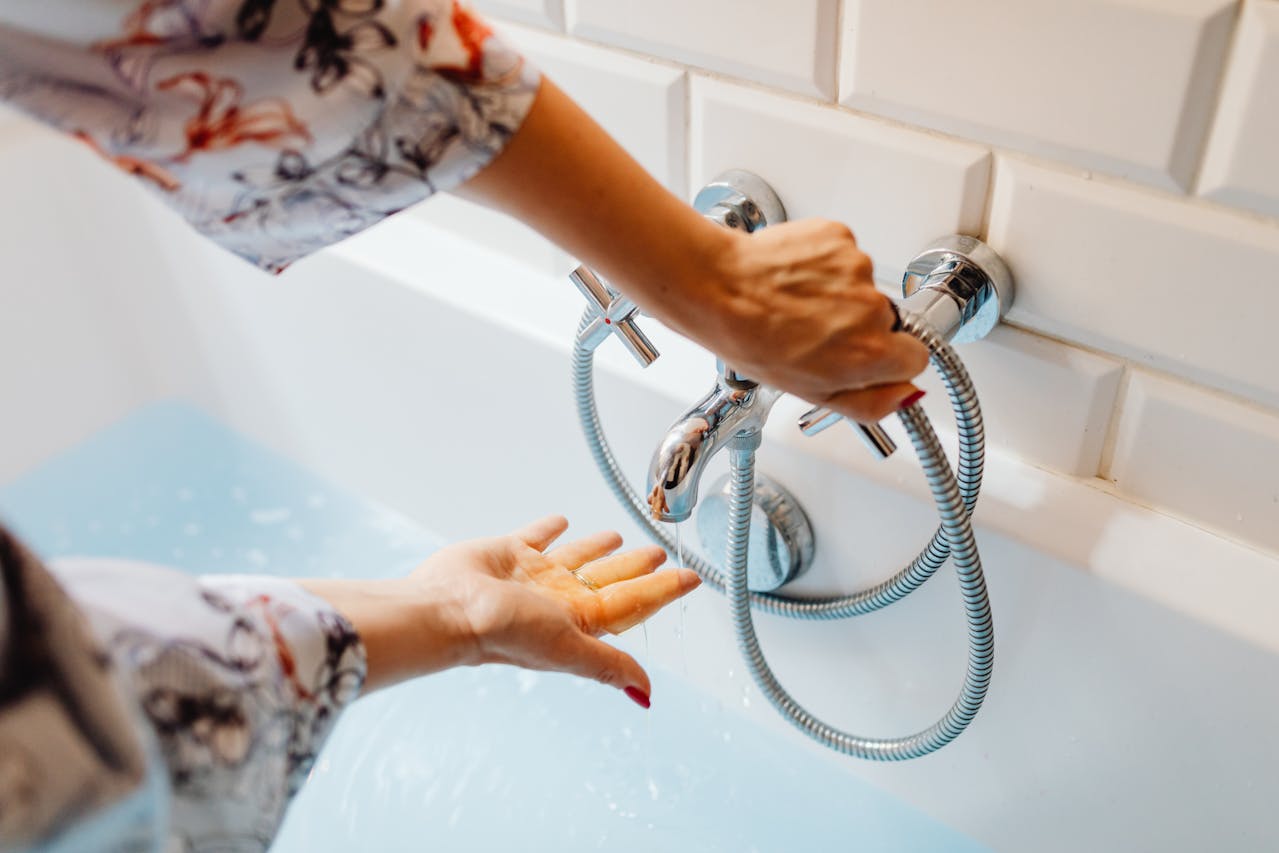Installing a hot tub at home can be a fantastic way to relax, unwind, and enjoy the luxury of a personal spa. However, the process of wiring your hot tub is no simple task. Electrical work for hot tubs involves high voltage and specific safety standards, making it a job for professionals. In this guide, we’ll walk you through the essentials of hot tub wiring, focusing on the importance of safety and efficiency.
1. Why Professional Installation is Crucial
While many homeowners might be tempted to take the DIY route, hot tub wiring is not an area to cut corners. Here’s why hiring a licensed electrician is essential:
- Safety Compliance: Hot tubs require ground fault circuit interrupter (GFCI) protection to prevent electrical shocks. A professional ensures that your installation complies with local building codes and safety regulations.
- Electrical Load Assessment: Your home’s electrical system may need to be upgraded to handle the additional load of a hot tub, particularly if it’s an older home. An electrician will determine if your system can handle the extra demand without overloading.
- Permits and Inspections: In most areas, installing a hot tub requires permits and electrical inspections. A professional will handle this paperwork, ensuring that your installation passes all necessary checks.
2. Key Components of Hot Tub Wiring
When wiring a hot tub, several components need to be installed correctly for both safety and optimal performance. Here’s a breakdown of the essential elements:
- Dedicated Circuit: A hot tub needs a dedicated circuit that isn’t shared with other electrical devices. Most hot tubs require either a 120V or 240V dedicated circuit, depending on the model. The higher the voltage, the quicker the hot tub will heat the water.
- GFCI Breaker: A Ground Fault Circuit Interrupter (GFCI) is crucial for preventing electrical shocks, especially around water. This breaker constantly monitors the electrical flow and shuts off power immediately if it detects even a minor fault.
- Conduit and Wiring: Electrical wires leading to the hot tub must be enclosed in a protective conduit to prevent damage and exposure to moisture. An electrician will use weatherproof materials rated for outdoor use to safeguard the wiring.
- Disconnect Box: A disconnect box, installed at least 5 feet from the hot tub, allows the hot tub to be quickly powered down in an emergency. It provides a convenient shut-off point without requiring you to access the home’s main electrical panel.
3. Understanding the Voltage Requirements
The voltage requirements for your hot tub play a major role in wiring and installation. Hot tubs generally come in two types:
- 110V (Plug and Play): These models can be plugged into a standard outlet and are generally smaller. However, they take longer to heat up and may not support all features (like jets and heaters) running simultaneously.
- 240V: This type of hot tub is more powerful and can heat water faster, but it requires a dedicated 240V circuit and professional installation. Most full-sized hot tubs fall into this category.
Choosing between these two depends on your needs, preferences, and budget. An electrician can help you understand which option is best for your home.
4. Avoiding Common Wiring Mistakes
Wiring mistakes can lead to inefficient operation, electrical hazards, and even permanent damage to your hot tub. Here are some common wiring issues to avoid:
- Undersized Wiring: Using wires that are too small for the electrical load can cause overheating and create a fire hazard. Always ensure your wires are appropriately sized based on your hot tub’s voltage and amperage.
- Improper Grounding: Poor grounding can lead to serious safety risks, including electric shock. Grounding your hot tub properly ensures that any stray electrical current is safely redirected, preventing potential injuries.
- Not Using a GFCI Breaker: Skipping the GFCI breaker may save costs upfront, but it compromises safety. In wet environments like those surrounding a hot tub, the GFCI is essential for protecting users from shock hazards.
5. Energy Efficiency Tips for Hot Tub Wiring
Hot tubs are a significant energy draw, but with the right wiring setup, you can maximize efficiency:
- Correct Sizing of Breakers and Wiring: Ensure that your breaker and wiring are sized appropriately for the hot tub’s power requirements to prevent energy waste and inefficiency.
- Energy-Efficient Models: If you’re installing a new hot tub, consider energy-efficient models that include features like insulated covers and programmable heaters.
- Off-Peak Usage: Ask your electrician to install a timer on your hot tub’s heating system, allowing it to heat during off-peak hours when electricity rates are lower.
6. Maintenance and Inspection After Installation
After the initial wiring and setup, regular maintenance of your hot tub’s electrical components is essential for longevity and safety:
- Annual Inspections: Schedule an annual inspection with a licensed electrician to ensure all wiring remains in good condition. Over time, exposure to the elements can wear down outdoor electrical components.
- Check for Corrosion: Moisture can cause electrical connections to corrode, leading to potential failure. Have your electrician check for signs of corrosion around the breaker box, wiring connections, and GFCI outlets.
Prioritize Safety with Professional Wiring
Wiring a hot tub is far from a simple DIY task—it requires expert knowledge of electrical systems, local codes, and safety regulations. By hiring a professional electrician, you ensure your hot tub wiring is done safely and efficiently, allowing you to enjoy your hot tub worry-free. A properly wired hot tub will not only perform better but also help avoid potential hazards.
Need Help with Hot Tub Wiring?
If you’re planning to install a hot tub and need expert wiring services, don’t hesitate to contact our licensed electricians. With years of experience in hot tub installations, we prioritize safety, compliance, and energy efficiency. Call us today to schedule a consultation and ensure your hot tub wiring is done right the first time!


